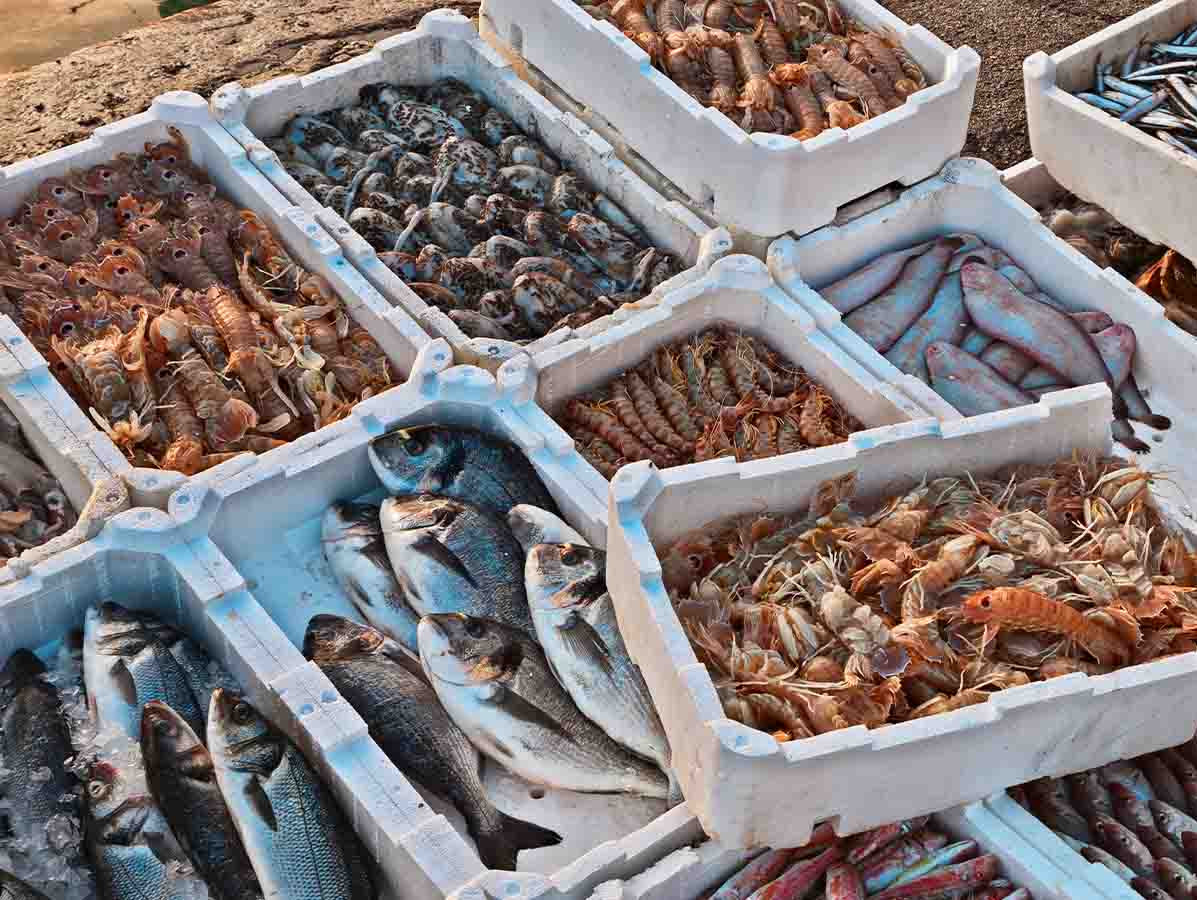
DNV foresees a 20% surge in marine seafood production by 2050, driven by a doubling of marine aquaculture and nearly tripling of finfish production, according to the recently published Seafood Forecast. While global capture fisheries output remains static, the forecast underscores the need for scaling up marine aquaculture to meet the growing demand.
Despite projections for increased seafood production, DNV identifies a supply-demand gap for wild-caught seafood, particularly in regions experiencing surging populations and improved living standards. Consequently, a 50% rise in seafood trade by 2050 is expected, making seafood one of the world's most traded food products. The forecast emphasizes the urgency for global measures addressing sustainability challenges and ensuring transparency to safeguard both food security and livelihoods.
As marine aquaculture emerges as a pivotal player in the Blue Economy, DNV underscores the importance of maintaining focus on fish health, technological innovation, and sustainability measures. A key priority is decoupling feed ingredients from human consumption sources. DNV predicts a shift towards novel ingredients, comprising 26% of the feed mix for marine finfish and 37% for crustaceans, crucial for the long-term sustainability of fed aquaculture.
Rising Seafood Demand: Per capita seafood demand is projected to outpace terrestrial meat and vegetarian foods in most regions, with South East Asia leading the demand. Greater China emerges as the largest market for marine seafood.
Marine Aquaculture Evolution: Marine finfish production is set to triple, surpassing molluscs as the dominant farmed species. Global marine seafood production will witness a 20% increase, with marine aquaculture production doubling.
Changing Seafood Trade Patterns: Seafood trade is expected to outpace production growth, leading regions to become more dependent on imports. Sub-Saharan Africa emerges as the prominent seafood importer, while Europe becomes the leading exporter of marine seafood.
Diversification in Aquaculture Feed Supplies: The forecast envisions a diversification of aquaculture feed supplies, with novel ingredients reaching a 30% share. The inclusion of single-cell proteins, insect meal, and algal oil is anticipated to reduce dependence on traditional sources.
View the Seafood Forecast
Dnv.com
Source: DNV